As parents, finding the perfect baby carrier can be overwhelming, especially when considering factors like safety, comfort, and convenience. The Ergo baby carrier weight limit is one of the most critical aspects that you should not overlook. Understanding this weight limit will not only ensure your baby’s safety but also provide you with peace of mind, knowing that your carrier is durable and reliable for long-term use.
In this article, we will delve deep into the Ergo baby carrier weight limit, explaining why it’s essential, what the specific weight limits are for different Ergo models, and how it impacts both parent and child. We’ll also offer helpful tips on choosing the right carrier and ensuring a comfortable experience for both the wearer and the baby. Let’s explore everything you need to know about the Ergo baby carrier weight limit to make an informed and confident decision.
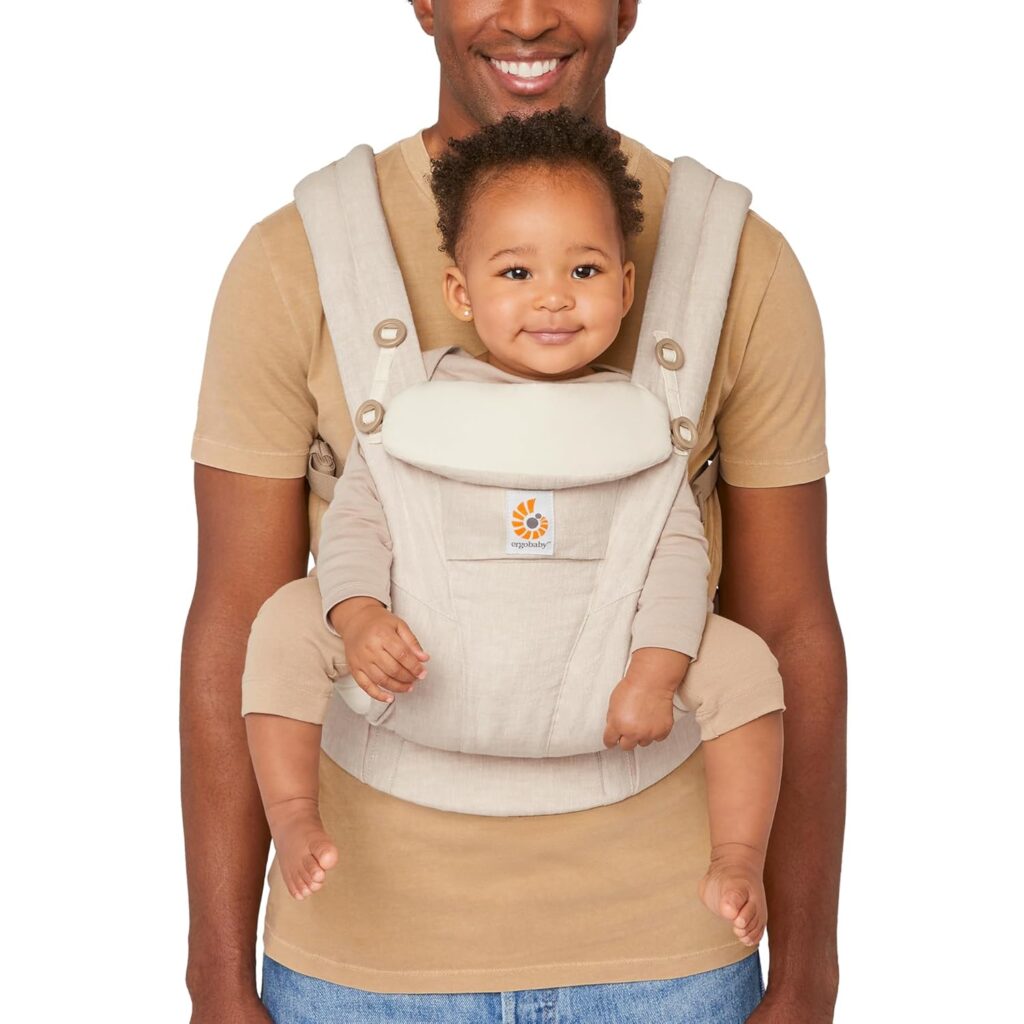
What is the Ergo Baby Carrier?
The Ergo baby carrier is a leading brand in the world of babywearing. Known for its ergonomic design, it has been praised for promoting healthy hip development in babies while ensuring comfort for the caregiver. The brand has a wide range of carriers, from structured soft carriers to wraps and slings, but the common thread among all Ergo products is the emphasis on both comfort and safety.
One of the standout features of the Ergo baby carrier is its ability to support babies from infancy to toddlerhood. This longevity, however, hinges on respecting the Ergo baby carrier weight limit, which varies slightly depending on the model you choose. Ignoring this limit can compromise the safety and longevity of the carrier, as well as your baby’s overall comfort.
Why is the Ergo Baby Carrier Weight Limit Important?
Adhering to the Ergo baby carrier weight limit is crucial for several reasons:
- Safety: Exceeding the recommended weight can strain the fabric and buckles of the carrier, leading to potential failures. A damaged carrier can cause injury to both the baby and the wearer.
- Comfort: Carriers are designed to distribute weight evenly across the shoulders, back, and hips of the wearer. Exceeding the weight limit can cause discomfort and pain, particularly in the lower back and shoulders.
- Durability: Baby carriers, especially premium brands like Ergo, are investments. Respecting the weight limits ensures that your carrier lasts for as long as possible, offering excellent value for money.
- Hip Dysplasia Prevention: The ergonomic design of the Ergo baby carrier supports healthy hip positioning in infants. Overloading the carrier can alter this position, potentially leading to discomfort or even hip dysplasia over time.
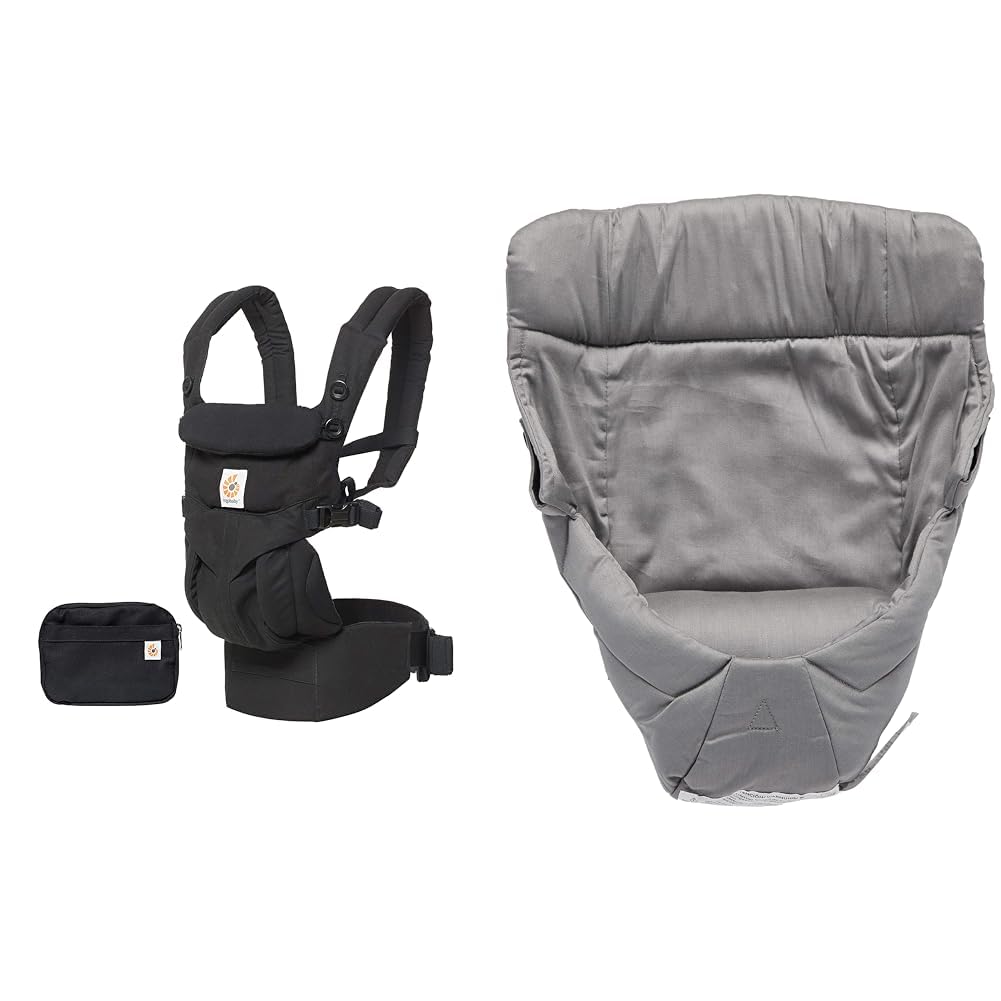
In short, understanding and following the weight limits will guarantee that both you and your baby enjoy a safe and comfortable experience.
The Standard Weight Limit for Ergo Baby Carriers
The Ergo baby carrier weight limit generally ranges between 7 and 45 pounds, depending on the model. Here is a breakdown of the most popular models and their specific weight limits:
- Ergo Original: The Original Ergo baby carrier is designed for babies weighing between 7 and 45 pounds. If you plan to use this carrier from birth, an infant insert is required until your baby reaches around 12 pounds.
- Ergo 360: Known for its versatility in allowing forward-facing positions, the Ergo 360 has a weight limit of 12 to 45 pounds. The slightly higher minimum weight requirement is due to the nature of its forward-facing design, which provides better support as the baby grows.
- Ergo Omni 360: The Omni 360 model allows for carrying babies from 7 to 45 pounds without needing an infant insert. It’s one of the most popular models for its all-position carry options, including front, hip, and back carrying.
- Ergo Adapt: The Adapt model supports babies from 7 to 45 pounds and features an adjustable seat width and head support, making it ideal for newborns and growing toddlers alike.
- Ergo Embrace: This is a newer model designed specifically for infants, with a weight limit of 7 to 25 pounds. It’s perfect for those early months when you want a more snug fit for your baby.
Each of these models offers unique features to accommodate different needs and preferences. However, they all emphasize adhering to the specified weight limits to maintain optimal safety and comfort.
Can You Use an Ergo Baby Carrier Beyond Its Weight Limit?
While it may be tempting to continue using your Ergo carrier once your baby surpasses the weight limit, it’s essential to resist this urge. Using a baby carrier beyond its weight limit can lead to several issues:
- Structural Damage: Exceeding the weight limit can cause the seams, buckles, or straps to weaken or break, posing a safety risk.
- Uncomfortable Fit: Once your baby exceeds the weight limit, you may find that the carrier no longer distributes weight evenly, leading to strain and discomfort for both you and your child.
- Reduced Functionality: The ergonomic design that supports proper hip alignment may no longer function correctly, which could cause discomfort for your baby or lead to long-term developmental issues.
If your child has reached the weight limit, it’s time to transition to a new method of babywearing or a carrier that accommodates higher weights, like a toddler carrier.
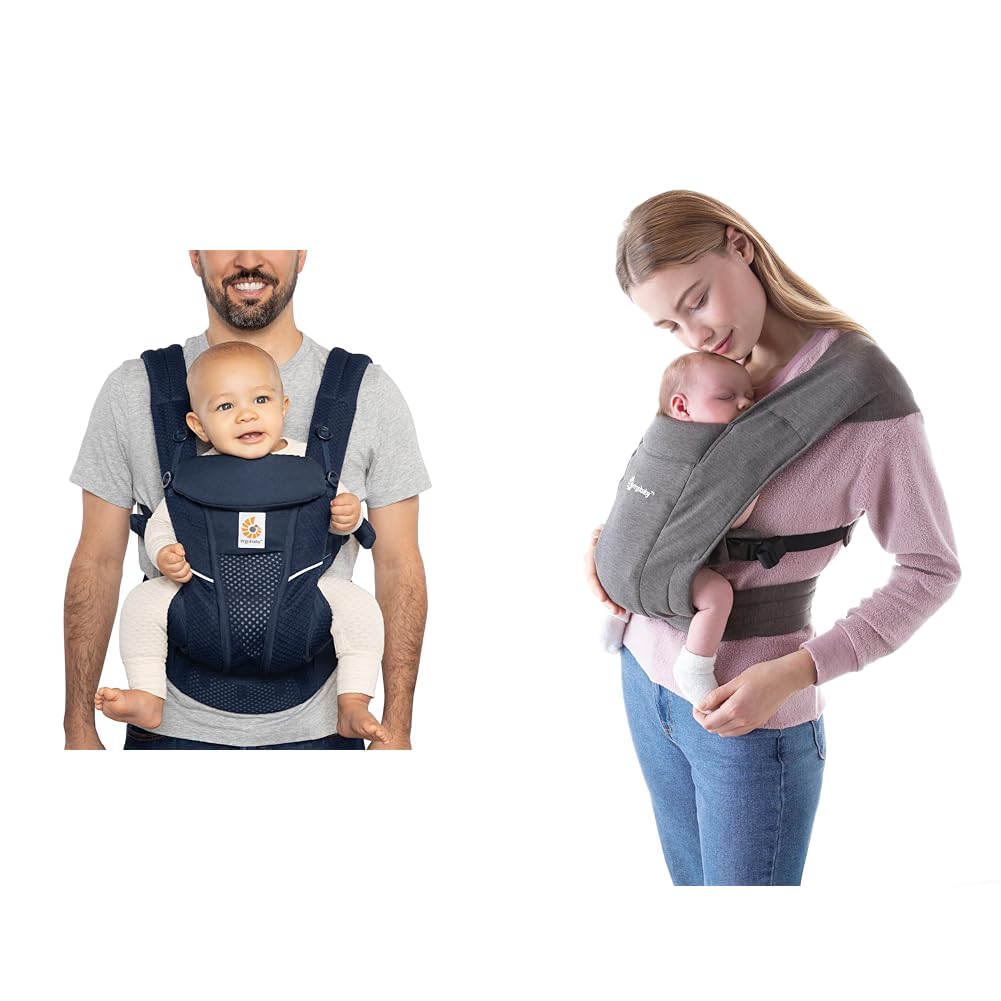
Tips for Safely Using the Ergo Baby Carrier
To make the most of your Ergo baby carrier and ensure your baby’s comfort and safety, here are some tips to follow:
- Check the Carrier Regularly: Inspect your carrier for signs of wear and tear, especially if your baby is nearing the upper weight limit. Pay attention to the straps, buckles, and seams to ensure they are still sturdy.
- Adjust the Carrier Properly: For each use, make sure the carrier is adjusted to fit your body snugly. The waistband should sit high on your hips, and the straps should be tightened enough to support the baby’s weight evenly.
- Use an Infant Insert When Needed: If your baby is below 12 pounds, always use the infant insert for models that require it. This insert provides essential support for your baby’s developing neck and spine.
- Listen to Your Body: If you begin to feel discomfort or pain, it may be a sign that your baby is too heavy for the carrier, or that the carrier is not adjusted correctly. Always prioritize your comfort to avoid injury.
- Follow Manufacturer Guidelines: Always adhere to the weight limits and usage guidelines provided by the manufacturer. They are there to ensure the safety of both you and your baby.
How the Ergo Baby Carrier Supports Healthy Hip Development
One of the standout features of the Ergo baby carrier is its focus on promoting healthy hip development in babies. This is particularly important during the early months when a baby’s hips are still developing. The ergonomic design of Ergo carriers ensures that your baby’s legs are positioned in an “M” shape, with knees higher than the hips, which is ideal for hip joint development.
Exceeding the Ergo baby carrier weight limit can compromise this ergonomic positioning, potentially putting strain on your baby’s hips. Always ensure that your carrier is properly adjusted and that your baby’s legs are supported in the correct position to avoid any risks of hip dysplasia.
Comfort for the Caregiver: How Weight Limits Affect You
The Ergo baby carrier weight limit is not only important for your baby’s safety but also for your comfort as the wearer. When the weight of the baby exceeds the carrier’s limits, you may start to notice discomfort in your shoulders, back, and hips. Carriers are designed to distribute the baby’s weight evenly, but this balance can be disrupted if the baby is too heavy.
If you notice that your back or shoulders are hurting during or after wearing the carrier, it may be time to check the weight limit and see if your baby has outgrown it. Using a carrier that is suited for your baby’s current weight will ensure that you remain comfortable, even during extended periods of wear.
Choosing the Right Ergo Carrier for Your Baby’s Weight
When selecting an Ergo baby carrier, it’s important to choose one that suits your baby’s current weight and stage of development. For newborns, the Ergo Embrace or an Ergo carrier with an infant insert is ideal. As your baby grows, you can transition to the Ergo Omni 360 or Ergo Adapt, which offer more flexibility and higher weight limits.
FAQs
What is the weight limit for the Ergo baby carrier?
Most Ergo baby carriers have a weight limit of 45 pounds, although this varies by model. For example, the Ergo Embrace is designed for babies up to 25 pounds.
Can you carry a newborn in the Ergo baby carrier?
Yes, you can carry a newborn in an Ergo baby carrier, but you may need an infant insert for additional support, depending on the model.
How do I know if my baby has outgrown the Ergo carrier?
Your baby has outgrown the carrier if they exceed the weight limit or if the carrier no longer fits comfortably or securely.
Is the Ergo baby carrier safe for hip development?
Yes, the Ergo baby carrier is designed to promote healthy hip development by positioning your baby’s legs in the recommended “M” shape.
Can I use the Ergo baby carrier for long periods?
Yes, but it

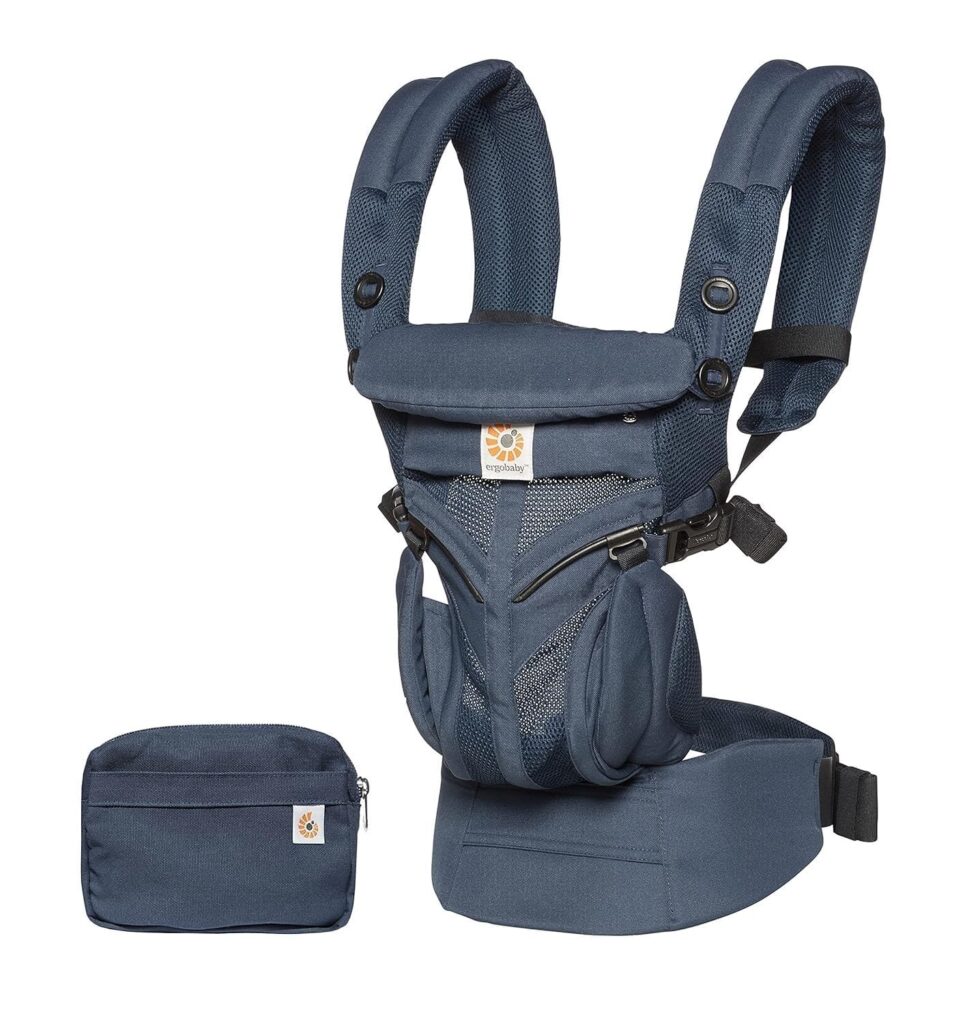


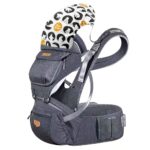
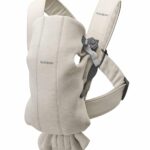


It’s rare to come across texts that educate, inspire, and enchant all at once! Your article is not just a collection of information – it’s a true feast for the mind. Your words wrap around the reader like a warm blanket on a chilly evening, making them want to return again and again.
888starz легально https://emergency.spb.ru/pages/888starz-mobile-app-android-ios.html